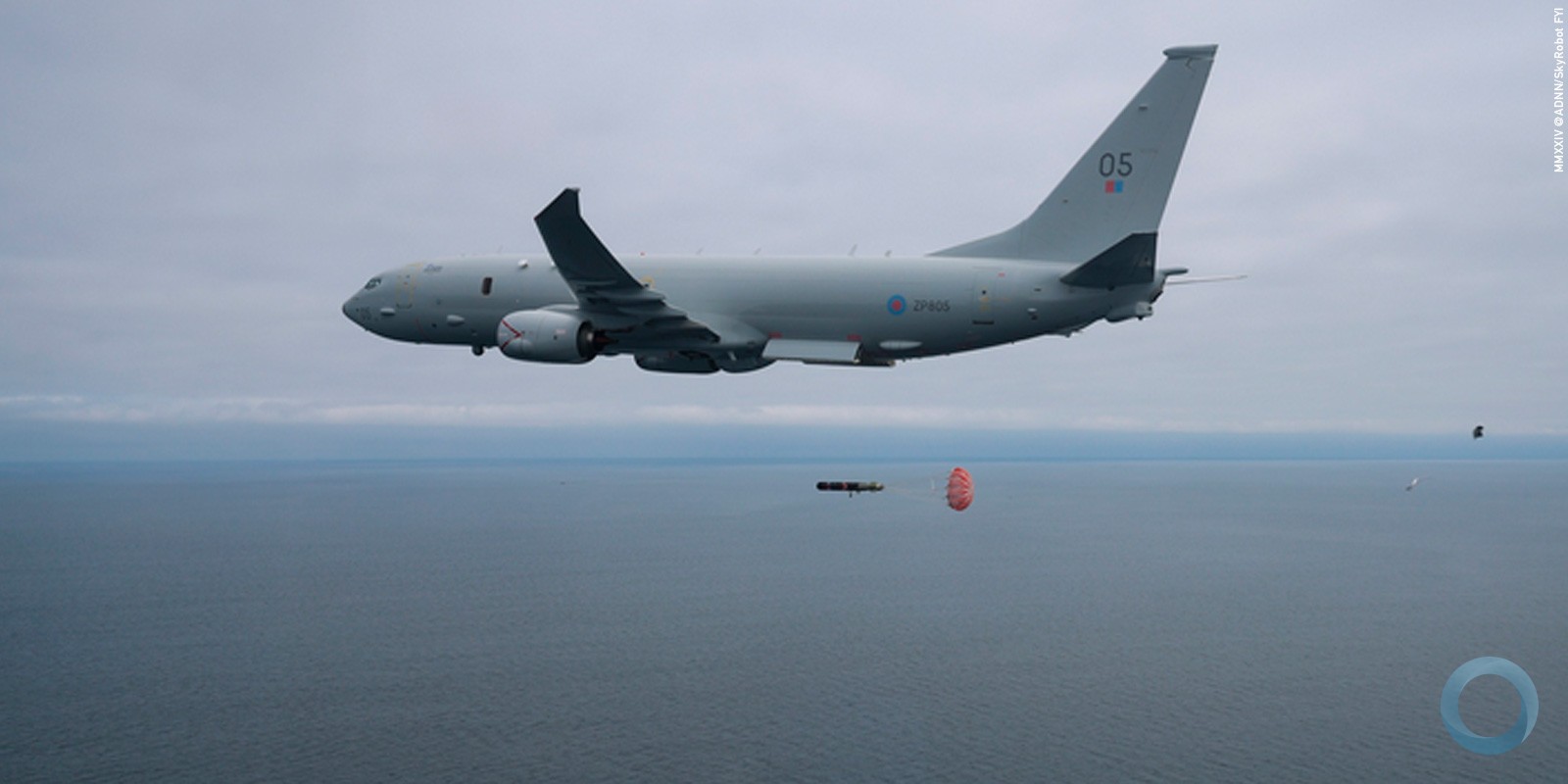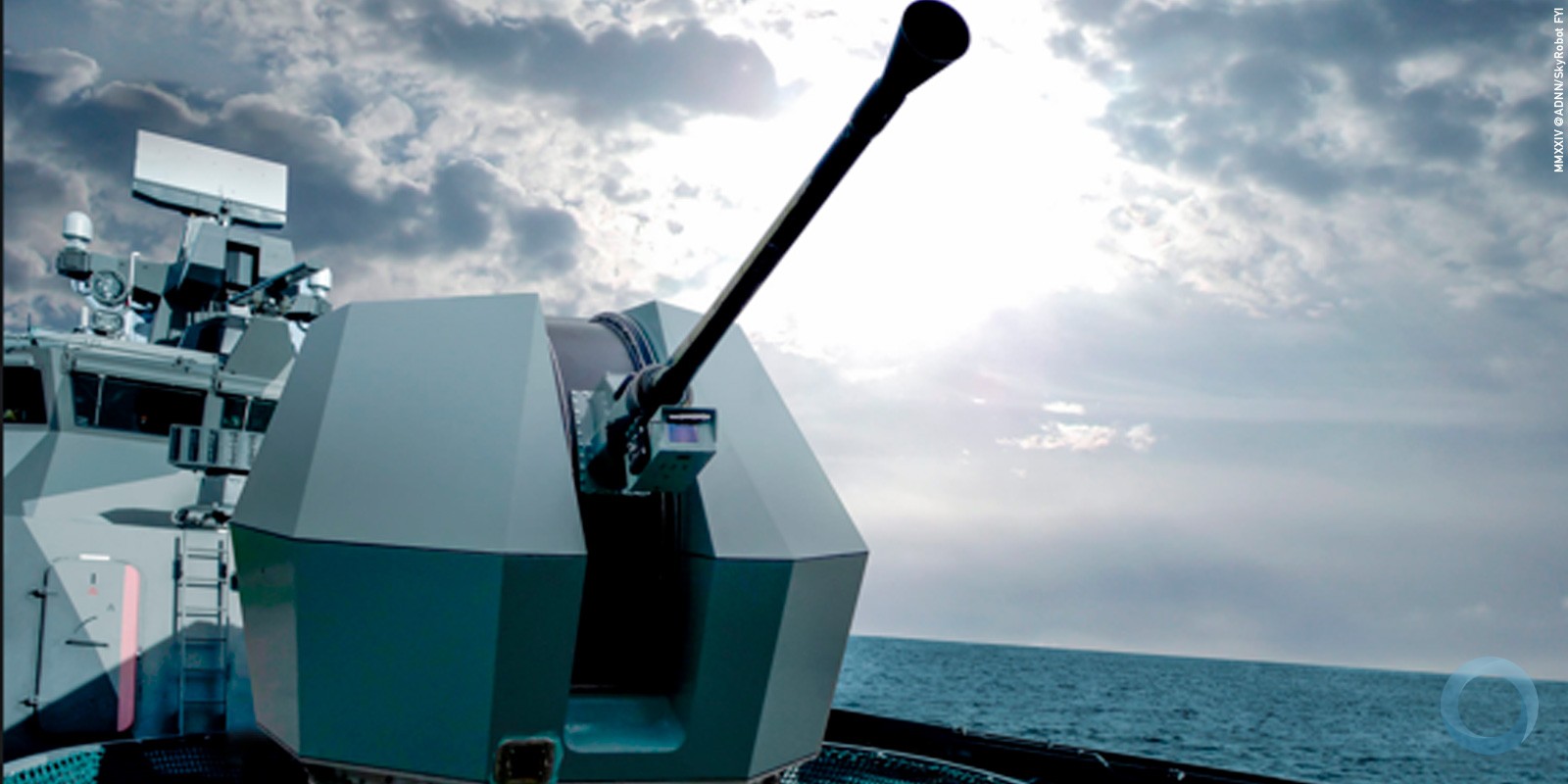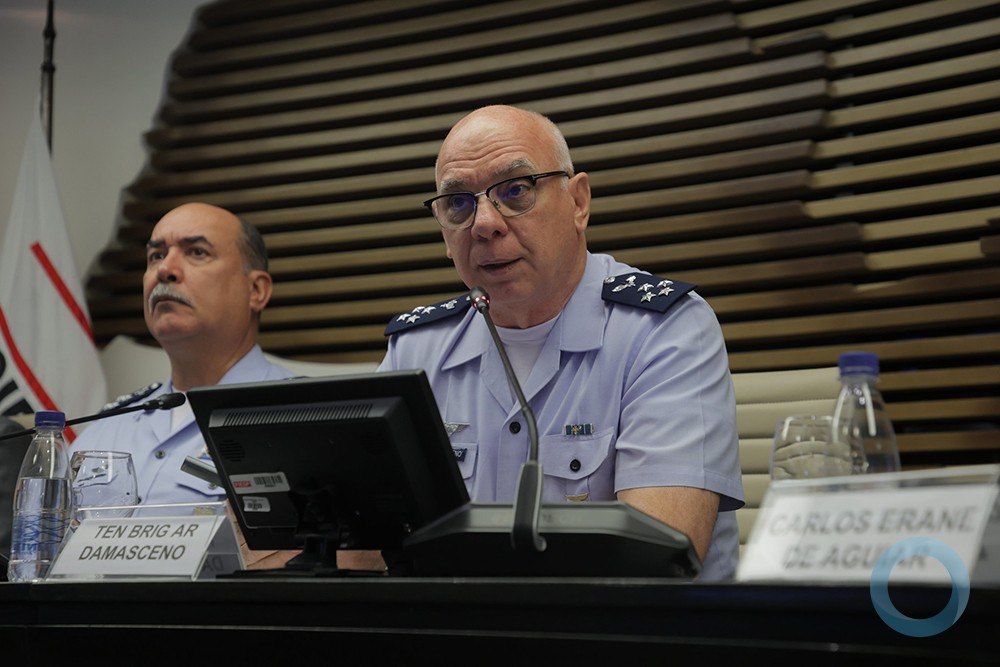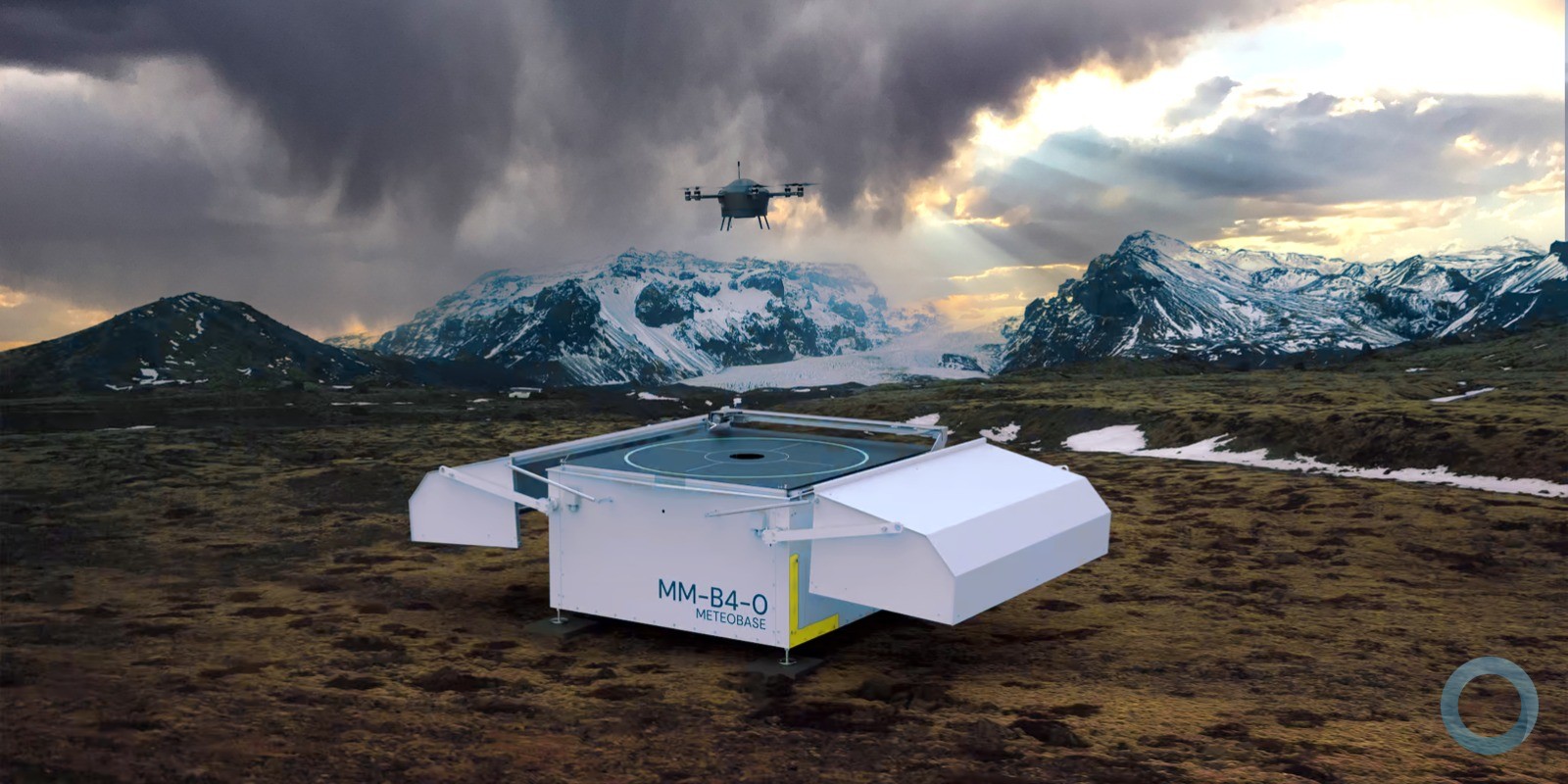Eduardo Szklarz
The Navies of Argentina, Bolivia, Brazil, Paraguay, and Uruguay strengthened their joint operating capacity through the combined river exercise ACRUX VII on the Paraná-Paraguay Waterway from August 31-September 3.
“In total, nearly 1,000 Military personnel participated in this seventh edition of ACRUX,” said Lieutenant Commander Miguel Nasser Salum, communications director for the Paraguayan Navy, which organized the exercise. “The main objective was the interaction of all the navies involved in ensuring safe navigation along the waterway, which is of paramount importance for the economic development of the countries that use it.”
During the exercise, four ships and one airplane from Brazil, two ships from Argentina, three from Paraguay, one from Uruguay, and two from Bolivia performed maneuvers in the area between the municipalities of Ladário and Porto Murtinho – both in the Brazilian state of Mato Grosso do Sul – and Asunción, Paraguay.
“This is one of the largest Naval training exercises that will be conducted in South America in 2015,” said Rear Admiral Flávio Augusto Viana Rocha, director of the Brazilian Navy’s Social Communications Center. “The exercise involved river traffic control, riverine assault, special operations, protection for the advance of the riverine task force, combat base defense, and visual communications.”
Riverine drug trafficking
It was no accident the various Naval maneuvers were conducted on the Paraná-Paraguay Waterway, a corridor transnational criminal organizations use to transport drugs: the ACRUX VII is a key component in the fight against riverine drug trafficking.
“The exercise included the control of river traffic and operations to prevent transnational crimes and the illegal trafficking of merchandise and drugs,” Lt. Cmdr. Salum said.
“There is a lot of drug trafficking throughout the waterway area,” said Juan Belikow, professor of international relations at Argentina’s University of Buenos Aires (UBA). “The logistical support provided by the Military to security forces for internal security issues, especially drug trafficking, makes this joint training very important.”
The Military and other security forces are training to battle organized crime groups that typically use the region’s rivers to transport large amounts of narcotics, often hiding the drugs within shipments of sand, wood, and fruit, and somtimes by filling a torpedo-type container with drugs and then attaching it to the boat’s hull by welding it in place with a steel cable — a technique that allows traffickers to smuggle drugs without the crew's knowledge..
“This eliminates the nervousness and other anomalous behavior by crew members that would enable detection by the authorities. When the boat arrives at the destination, the traffickers remove the torpedo. If this is happening in the Caribbean, we have no reason to think that it isn’t also happening here in South America.”
In addition to drug interdiction operations, ACRUX also provides training in the best ways for Troops to rescue vessels hijacked by criminal groups.
“When the authorities are firmly in control on land, traffickers invade a boat, take the crew hostage, and carry the drugs on board. They travel by river to pass through the area that is under control, whereupon they unload the drugs and continue by land. That’s why it’s important to have protocols to detect if ships have been hijacked.”
Bolivia debuts at ACRUX
The recent ACRUX marked the first time the Bolivian Navy participated in the joint river exercise with its South American neighbors: it mobilized a contingent of 38 Soldiers – 18 Marines and 20 Surface Unit crew members, including officers and non-commissioned officers (NCOs) — and utilized the LP 501 “Santa Cruz de la Sierra” and TM 529 Del Plata vessels. The country's vessels set sail from the Tamarinero Naval Base in the department of Santa Cruz to join Troops from the other countries on the waterway to the Brazilian port city of Murtinho.
There, the operation sought to “plan and execute joint river operations involving the units of the participating navies to promote interoperability and increase the level of troop training,” the Bolivian Navy stated, noting that Sailors also received training in environmental preservation and humanitarian aid during natural disasters.
“It’s very important that Bolivia has joined the exercise, given that it is a key player on issues of concern to the region, such as drug trafficking,” Belikow said. “Coastal and river flooding has also intensified in recent years and is affecting all countries along these banks and shores. That’s why it is very important to carry out exercises in this area.”
Above all, ACRUX has served to strengthen the camaraderie between the Armed Forces in the region, as the exercise is “an excellent tool for strengthening the friendly relations and cooperation between the participating countries by promoting mutual security measures,” according to the Uruguayan legislative bill authorizing the country’s Navy to participate in the operation.
* Marta Escurra contributed reporting to this article from Asunción, Paraguay.































